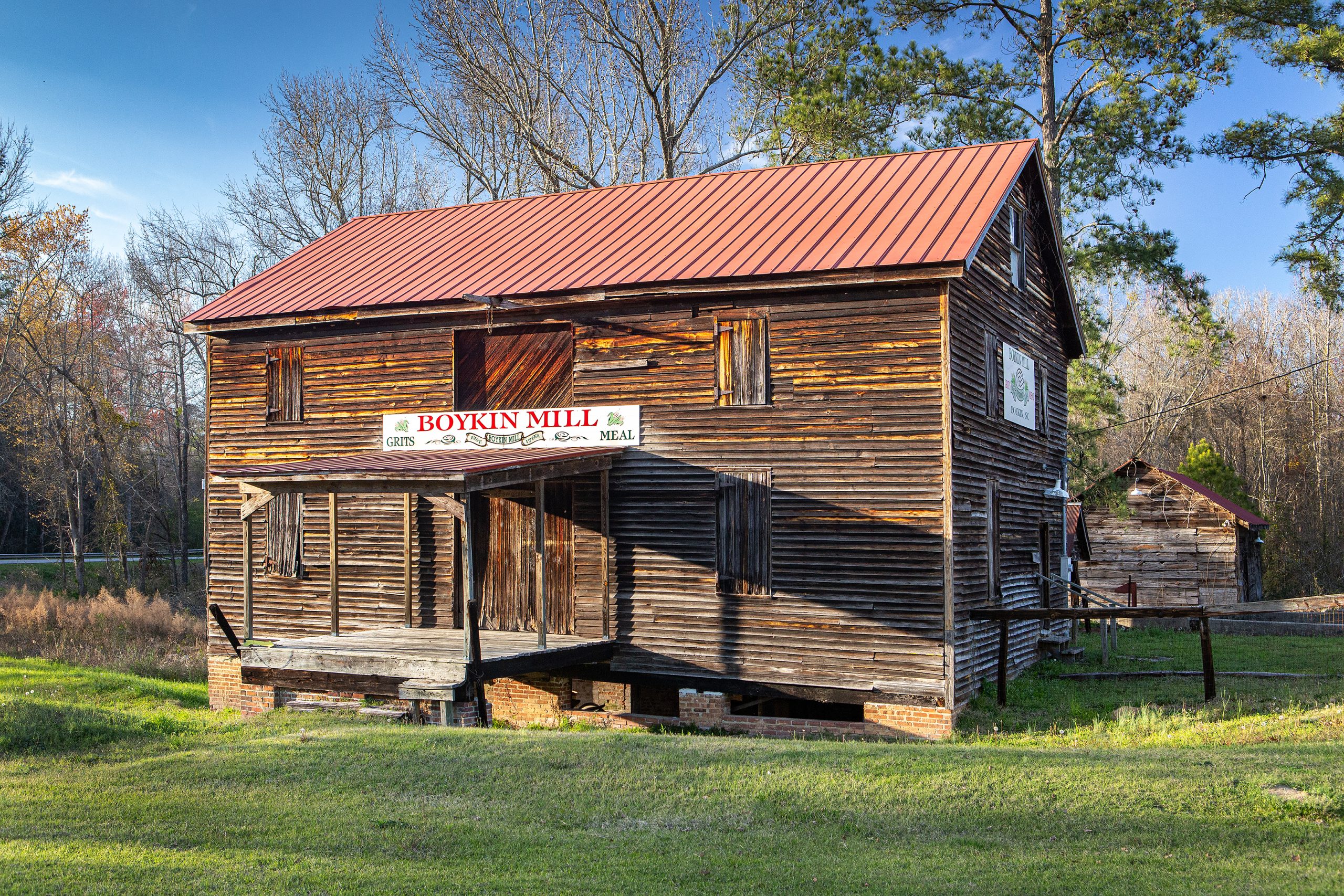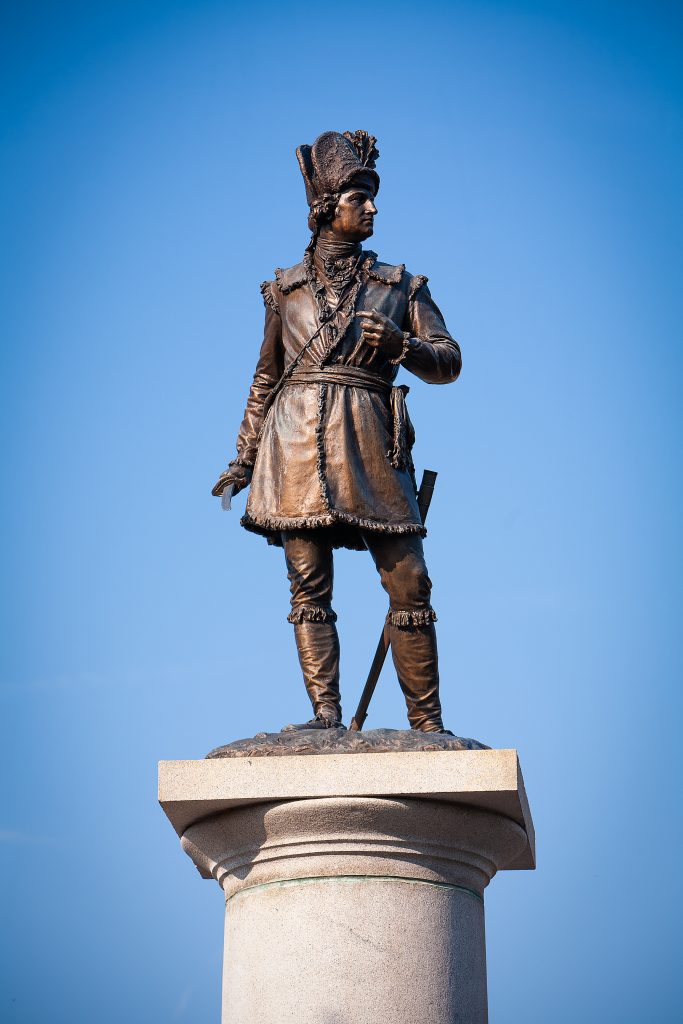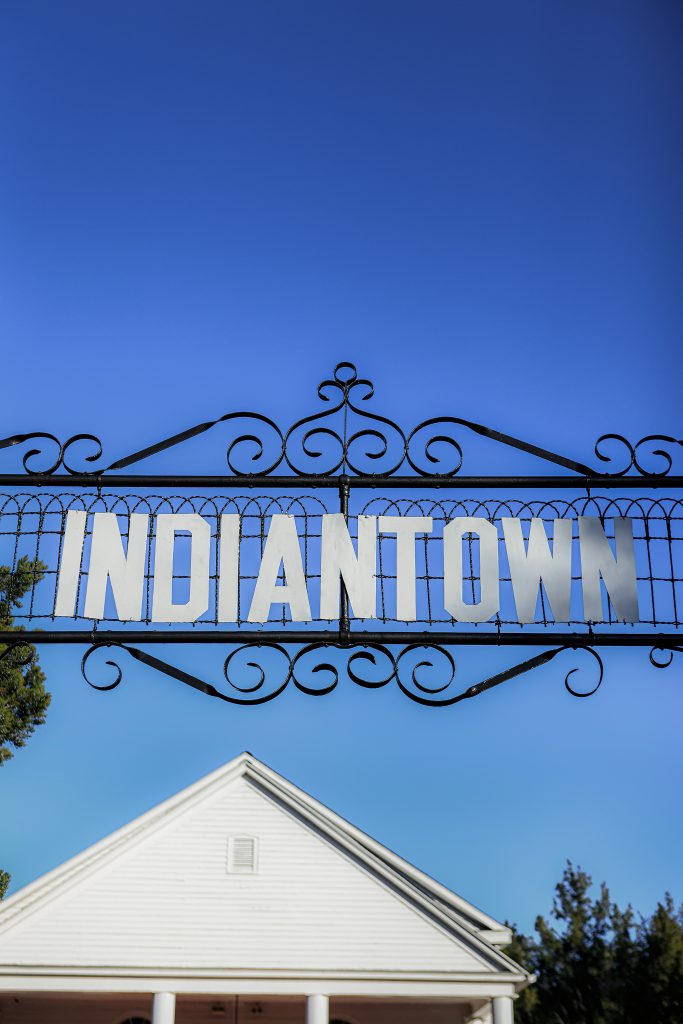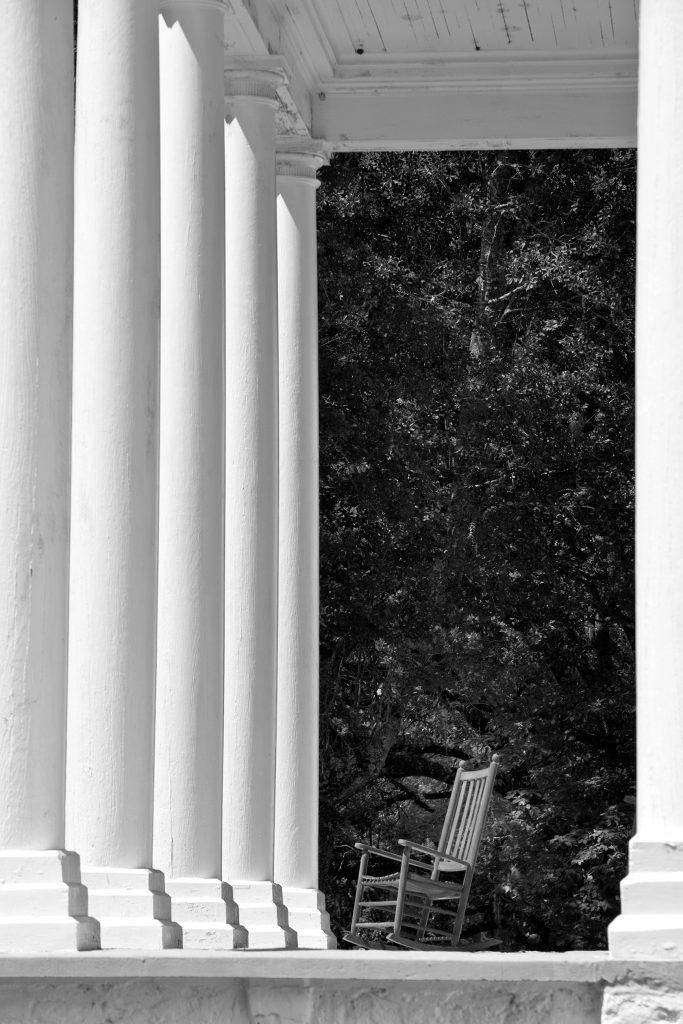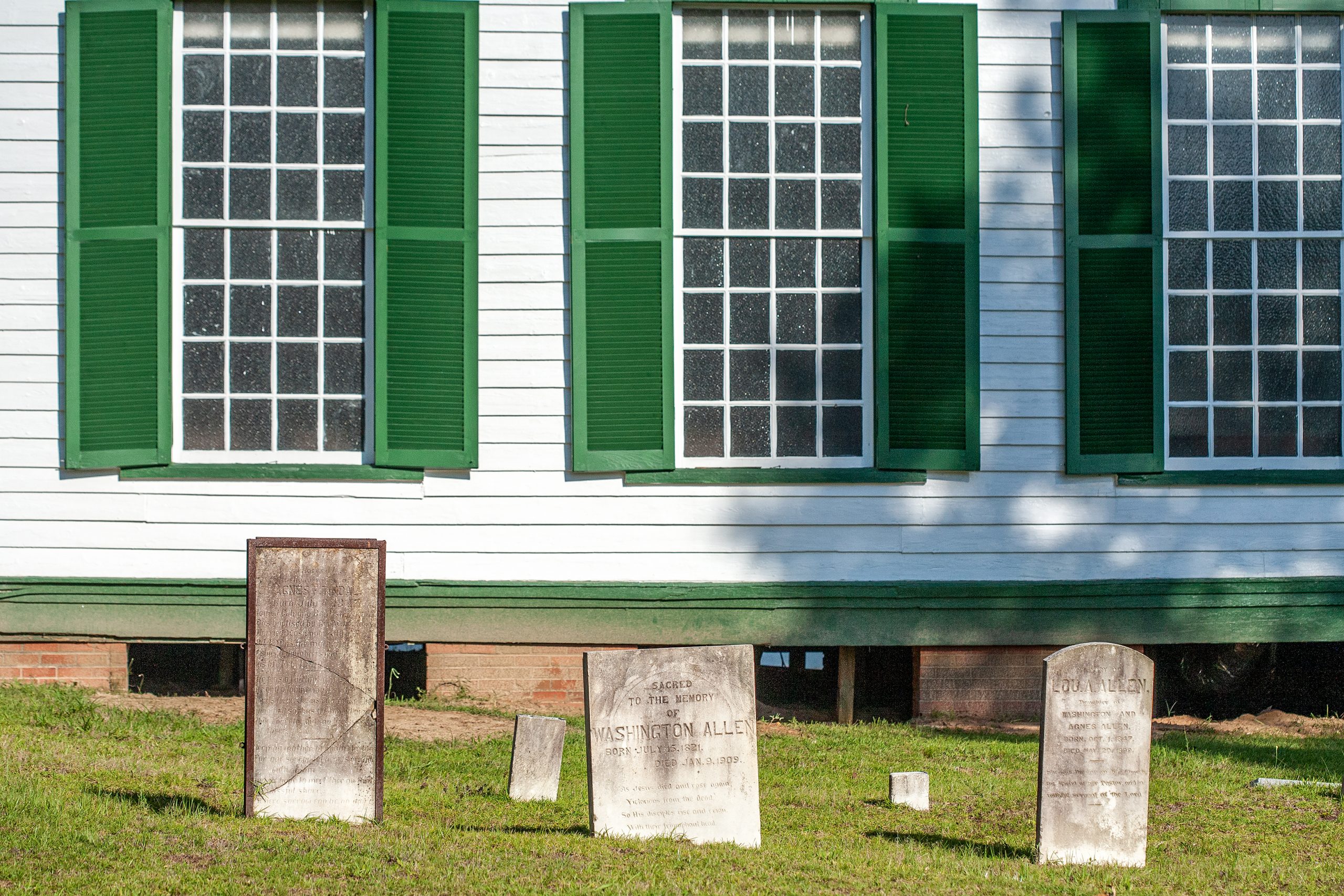
High Hills of Santee Baptist Church, built near Dalzell in 1848, was led by one of South Carolina’s more distinguished ministers — Richard Furman. Furman went on to establish Furman University, and many of the churches of the region were offspring of this church.
The Guidebook to South Carolina Historical Markers by Edwin Breeden is a wonderful reference book of historical events, places, and people in South Carolina. Published by the USC Press in 2021, it is perfect for exploring the state on what I like to call field trips. Field trips are half-day, sometimes day-long, unstructured car rides to an area of South Carolina that friends or family want to explore.
If it feels like historical markers are everywhere in Richland County, that is because the county has at least 217 markers. History on the ground. Some daytrippers are interested in the Colonial era, the Revolutionary War, the Civil War, the Reconstruction era, the World Wars, African Americans, Native Americans, or the women of history. Plenty of historical markers are available for every interest category, and the Guidebook has a section for each. Interest in genealogical research drives a lot of field trips.
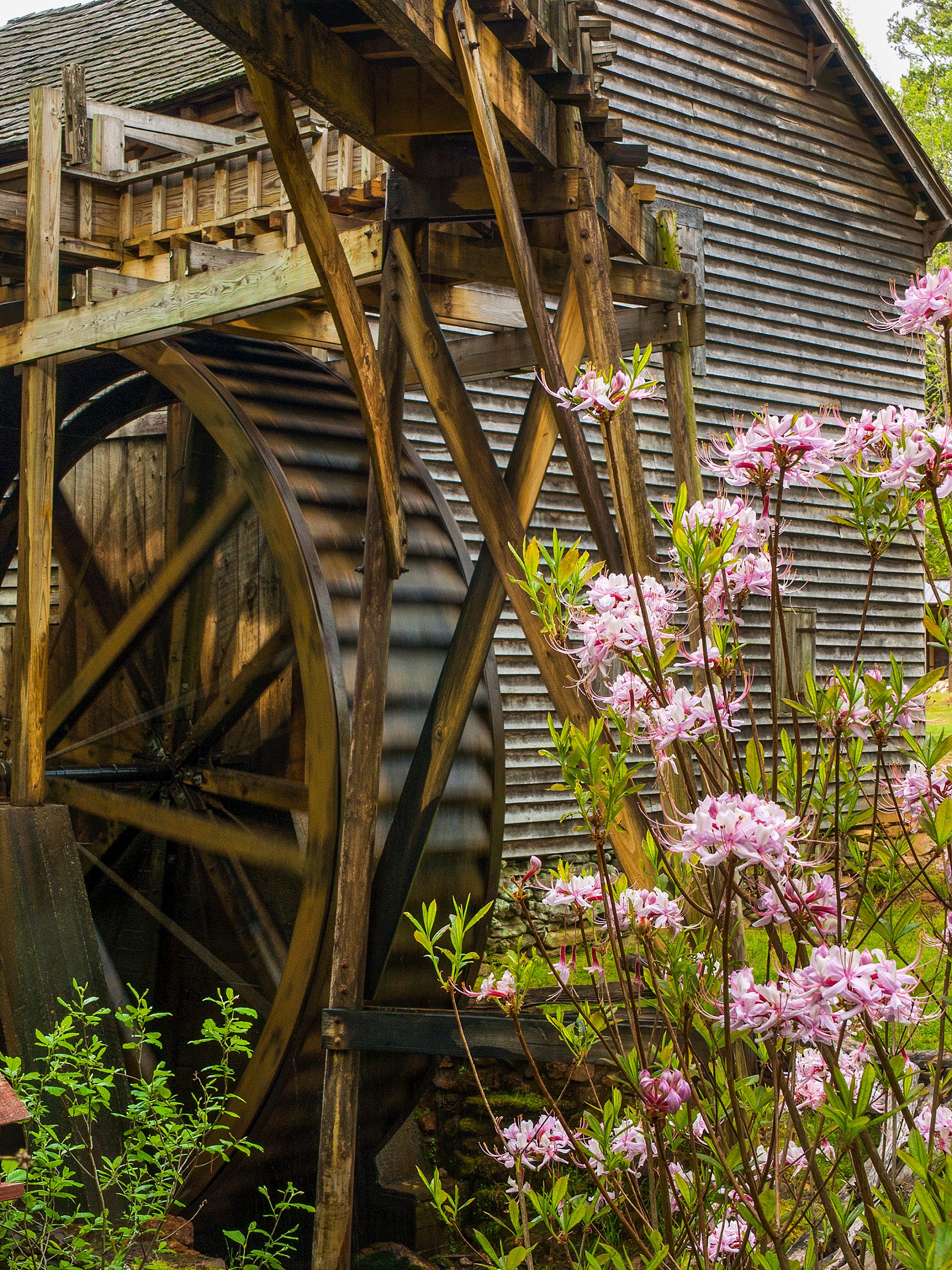
A South Carolina field trip does not include traveling on interstates. The best field trips include breakfast to start the day and have everyone in one car; if that is not possible, then the passengers often switch seats at every stop to spend time with each person. With some 1,700 historical markers in the state to explore, the possibilities are nearly endless. Field trip organizers generally have more places to visit than they have time. So, let’s get on the road and see where it takes us.
We pick up our backseat friends at 7 a.m. in Columbia and head down the Sumter Highway, known as Garners Ferry Road. Let’s stop for breakfast at Mr. Bunky’s, about 15 miles from Columbia just past McEntire Joint National Guard Base. It always is a good idea to have a cooler along on a field trip in case you see country sausage or barbeque to take home.
After breakfast, we go through Eastover, a historic area in Richland County, so named because it is “east and over” from Columbia. The railroad that connected Wilmington, North Carolina with Columbia had a station stop that became Eastover. By 1910, Eastover was the only incorporated town in Richland County outside Columbia and had grown to have a post office, a bank, several stores, and a cotton gin.
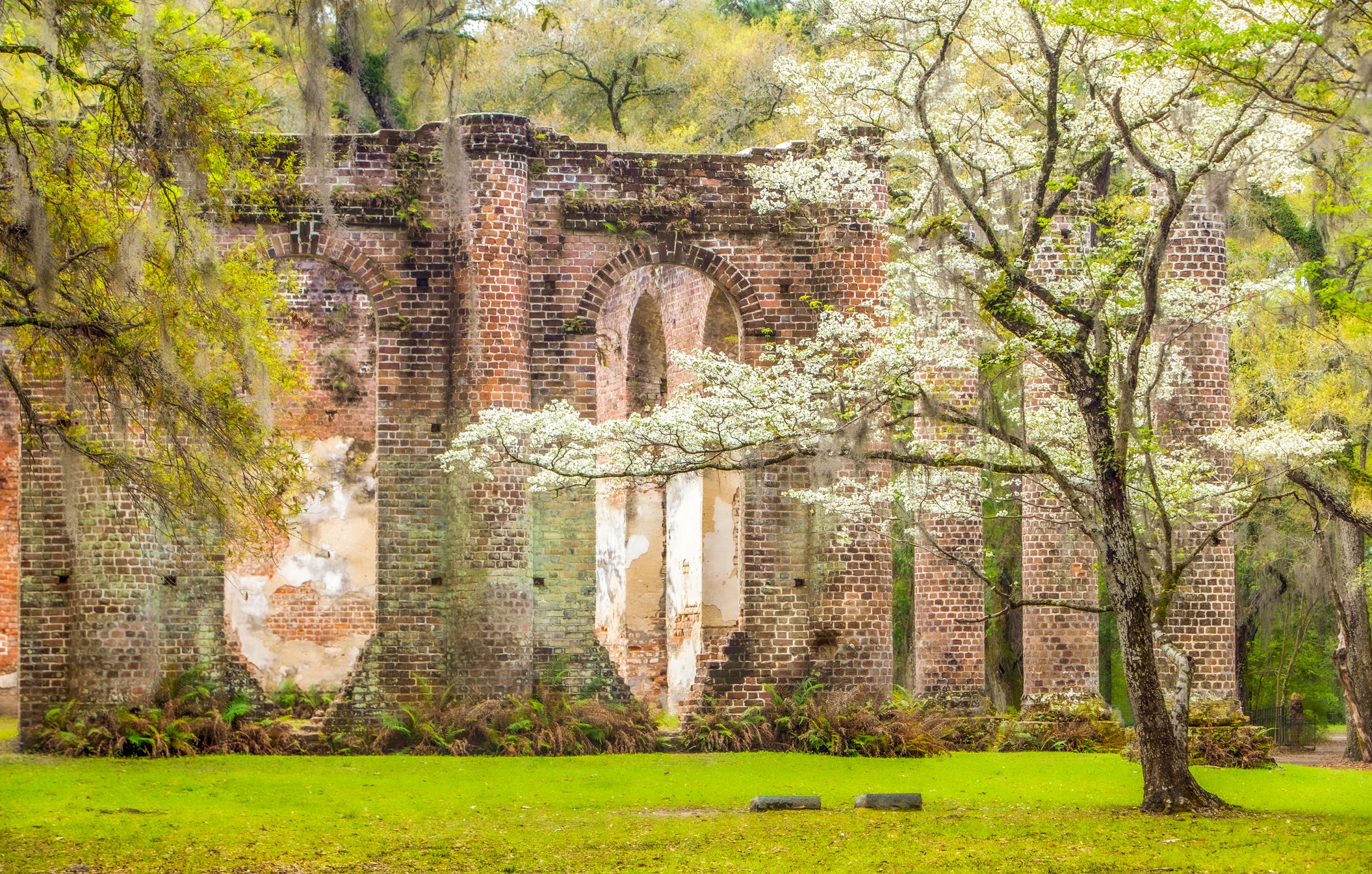
From Eastover, it only takes a few minutes to drive to Kingville, a town established in 1840 as a station on the Charleston-to-Columbia railroad line. The railroad later branched to Camden at Kingville, and the station became a major stop on the rail line. By 1860, Kingville had a post office, shops, several homes, and a hotel. After General Sherman’s visit in 1865 and the flood of 1908, nothing is there now but trees and a historical marker.
Another site to visit in Richland County on the Wateree River is Kensington, a plantation house built in the early 1850s. The house ultimately became storage for fertilizer and farm equipment but was purchased by Union Camp in 1981 and restored. The current status of the house as an attraction to visit is uncertain; a field tripper may have to be satisfied standing at a locked gate by the road.
From Kensington Plantation on McCords Ferry Road, it is a short drive to Goodwill Plantation on Garners Ferry Road. Goodwill Plantation, now owned by the Department of Natural Resources, is open most days, but if you drive up and the gate is locked, move on; you will find plenty to see elsewhere.
The first place you will come to when you cross the Wateree River into Sumter County, the home of 53 historical markers, is the intersection of Garners Ferry Road and Highway 261. Highway 261, which was built in 1926, starts in Georgetown and goes through Hemingway, Kingstree, Manning, and Wedgefield to Kershaw County, about 117 miles. The Early Charleston Road historical marker at that intersection explains how Highway 261 originally was the Catawba Path in 1696 and was widened in 1753 to become the Great Charleston Road.
You will find a stoplight and a confusing intersection where the William Tennent marker is poorly located. Be careful if you stop to see it! William Tennent was a Presbyterian preacher who served as pastor of the Independent Church in Charleston. He toured the South Carolina backcountry promoting support for the upcoming Revolutionary War.
Cross back over Garners Ferry Road and stay on Hwy 261, and you will soon be in Stateburg, the town that narrowly escaped being voted the capital city of South Carolina in the late 1700s. The first historical marker you will come to is the Church of the Holy Cross on land donated by Gen. Thomas Sumter. Buried there is Joel Poinsett, the minister to Mexico who brought home the flower that was named for him, the poinsettia.
Farther up Highway 261 on the left is the graveyard of William Ellison, the enslaved man who bought his freedom in Winnsboro, moved to Stateburg, bought Governor Miller’s house, and became the largest black slaveowner in South Carolina. While you are on that part of the original Garners Ferry Road, drive down to Lenoir’s Store in the town of Horatio to visit the general store that is shown on the 1825 Mills Atlas. The current building was built before 1878.
On the other side of Highway 261 up the hill is the historical marker for the High Hills Baptist Church. This church, organized in 1772, ordained young Richard Furman, who became an outstanding minister and for whom Furman University is named. Dr. Furman inspired the creation of Roberts Academy in 1799, the first Baptist educational institution in South Carolina. Further up that road are the graves of Thomas Sumter and his family. Of note is the grave of Natalie Delage Sumter, who was a daughter of French nobility, sent to America for protection during the French Revolution. Natalie married Thomas Sumter, Jr. Thomas Tisdale wrote a fascinating book about her life, A Lady of the High Hills: Natalie Delage Sumter.
Also on Highway 261 are historical markers for the Battle of Stateburg, where 2,700 federal troops left Georgetown during the Civil War and fought in Stateburg. On the way down Hwy 261 toward lunch, stop by the historical marker Skirmish at Dinkins’ Mill. The last Civil War battle in South Carolina was the Battle of Beech Creek in April 1865.
Lunch is at the Boykin Mill Farms, located across the street from the Mill Pond Steakhouse. The Boykin Mill Farms restaurant is heavy on country atmosphere. You can look it up online.
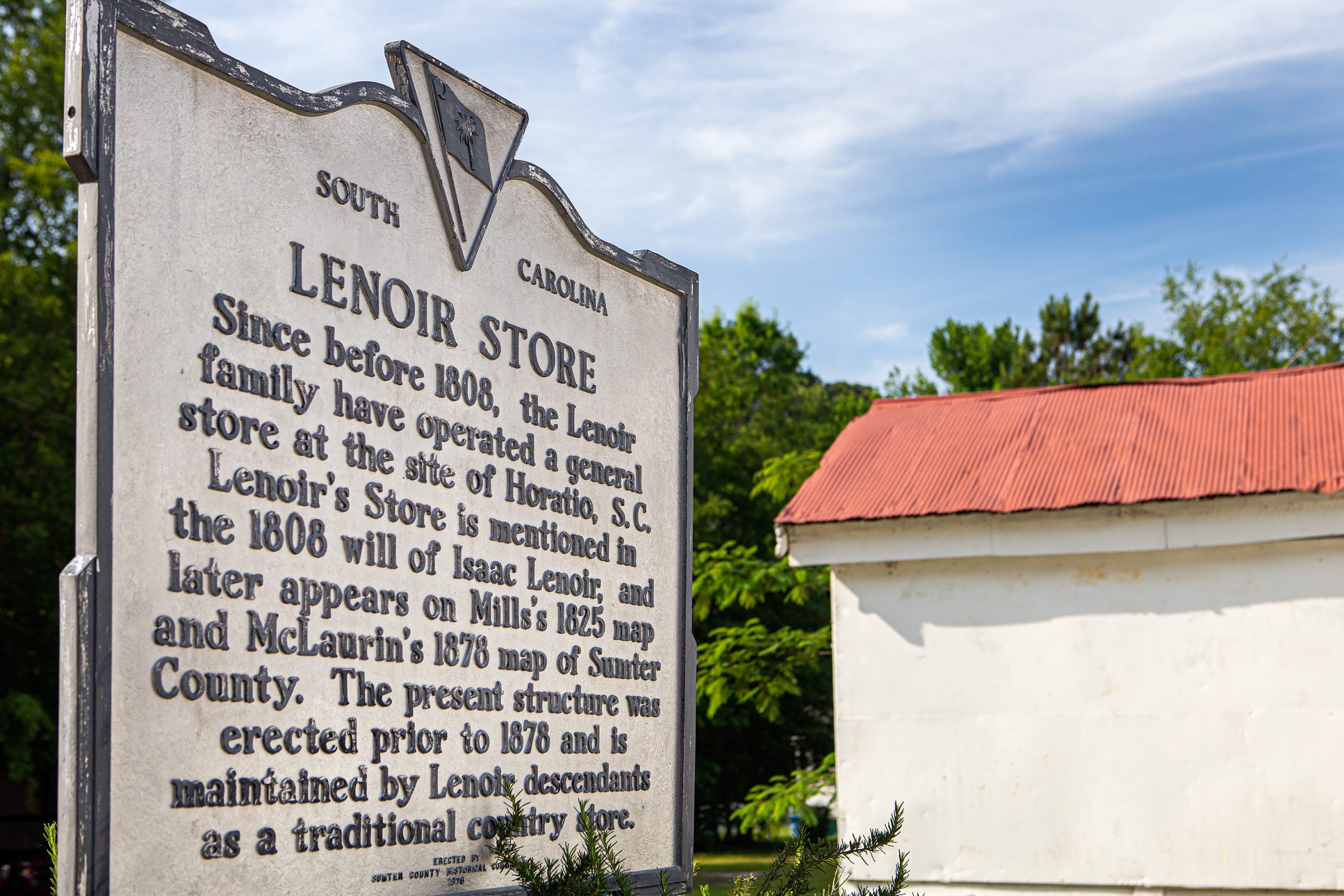
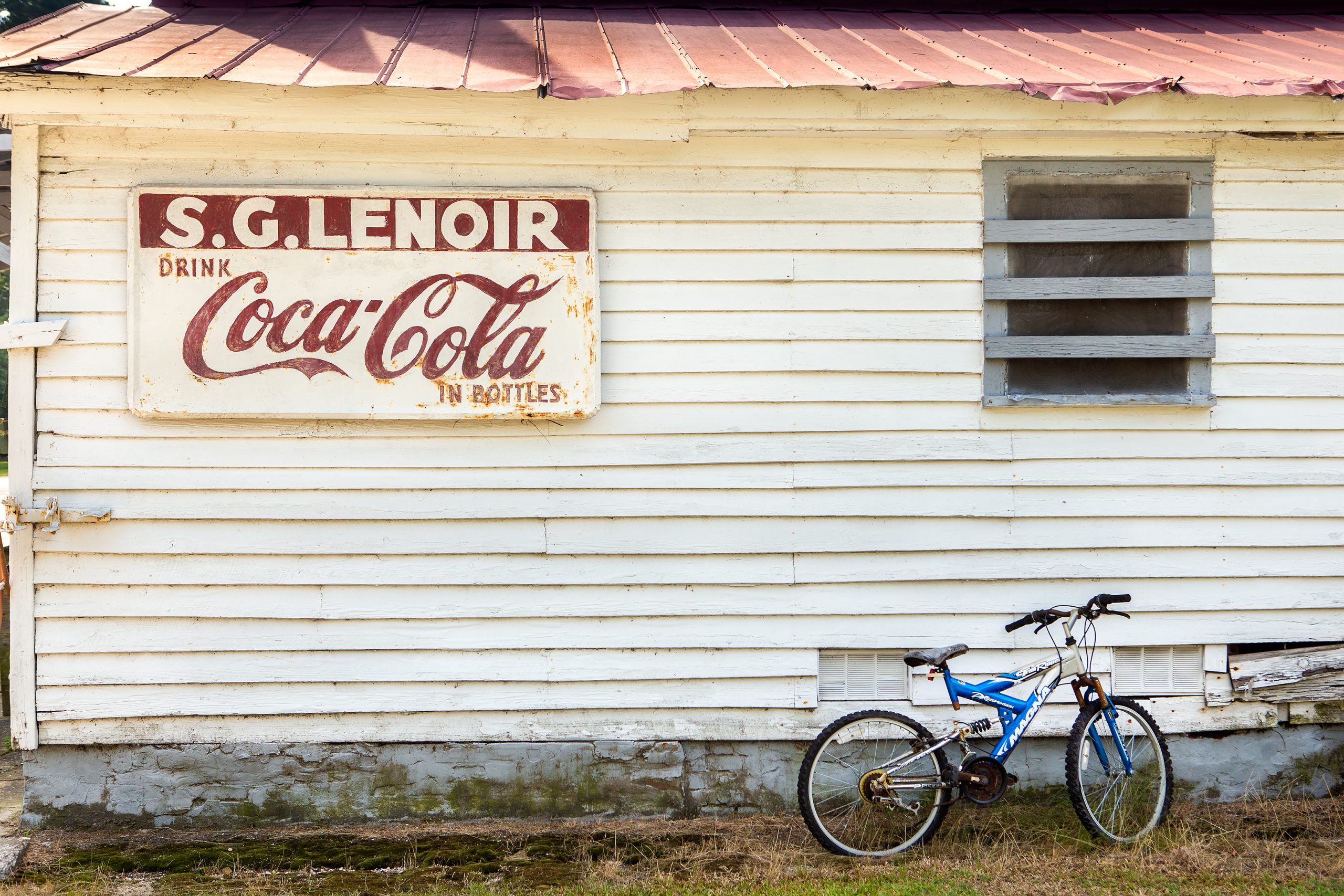
After lunch, you have a choice: go home the way you came or cross back over Garners Ferry Road, past the William Tennent historical marker, to Wedgefield, South Carolina. Folks stop to buy bait, supplies, or snacks at Batten’s grocery store, which has a breakfast/lunch counter in the back.
The original site of Manchester is about three miles from Batten’s, a busy station on the original Wilmington & Manchester railroad; the historical marker is on Highway 261. Settled before 1800, Manchester became a stagecoach relay and a shipping center for cotton by boat to Charleston. Nearby is Fulton Crossroads, birthplace of Col. David DuBose Gaillard, who was the engineer of the Panama Canal. His historic marker describes the Culebra Cut on the Panama Canal that was named after Colonel Gaillard.
Two other counties to explore on another day are Darlington County and Williamsburg County. The Evan Pugh historical marker is near Mechanicsville in Darlington County, an area rich in history with 82 historical markers. It is a treasure trove of historical references that could be the foundation of many wonderful field trips. Darlington is only 75 miles from Columbia, and you will find plenty of historical markers on the way if you go to Darlington from Highway 1 to Camden or Highway 378 to Sumter. While most markers are placed as close to the historic site as possible, the Evan Pugh marker refers to Evan’s grave a half-mile away because the grave is deep in the woods and is hard to find, but it is well worth the effort. Evan Pugh was a Baptist preacher who moved from Virginia to Mechanicsville, South Carolina, in 1762 and preached at Welsh Neck church and Cashaway Church. George Washington had surveyed Evan Pugh’s land in Virginia in 1750, and Pugh later credited Washington with teaching him practical surveying.
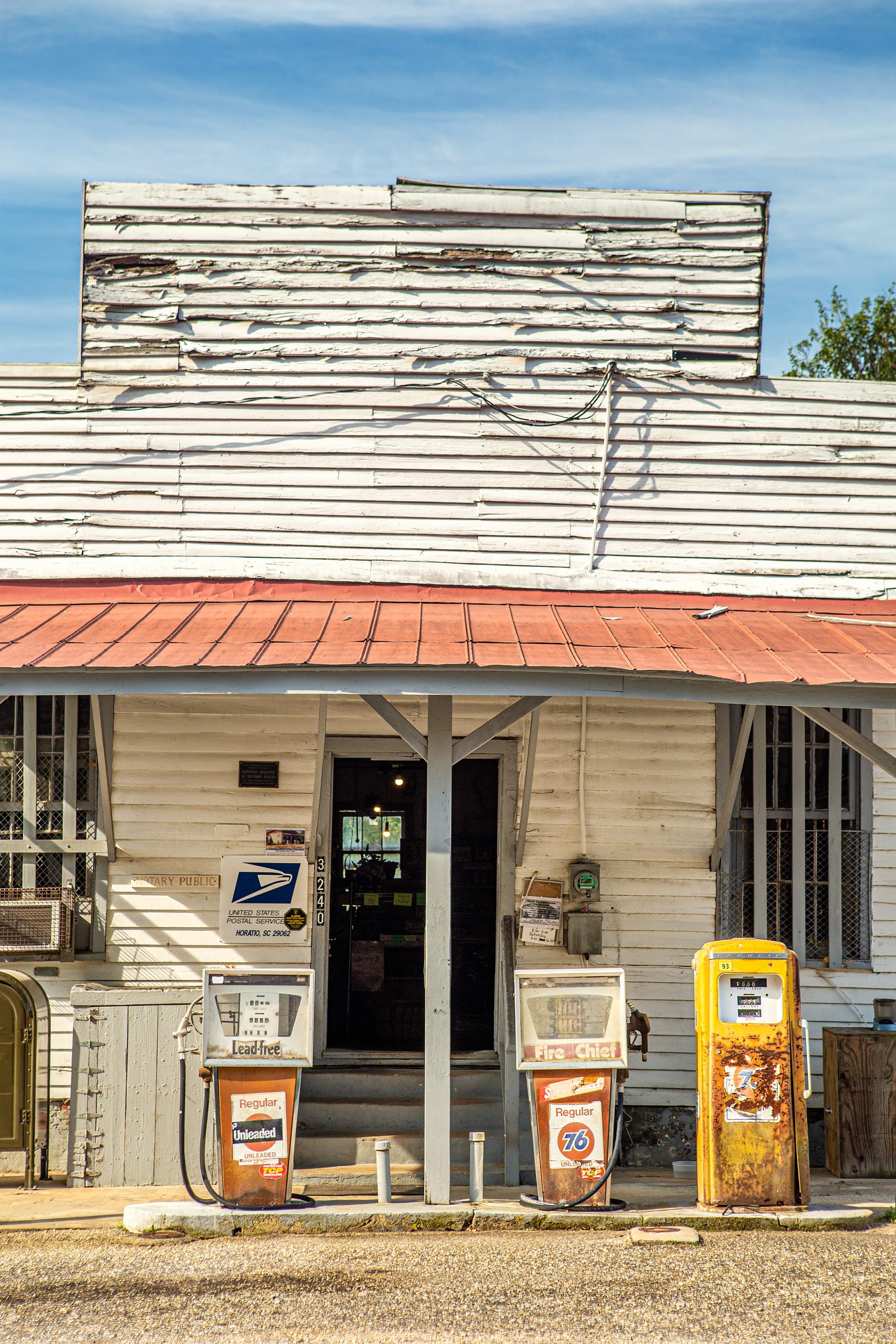
You will find 22 historical markers in Williamsburg County, a county that should have many more. Of those 22 markers, six markers are about the Colonial era, including Indiantown Presbyterian Church and the Black Mingo-Willtown Baptist Church. Another four markers reference the American Revolution, including the Battle of Lower Bridge and the Battle of Kingstree. Five African American markers include the Stephen A. Swails House and the Mt. Zion A.M.E. church.
The best experience that comes out of a field trip, anywhere in South Carolina, is spending time with old friends or new acquaintances in a car and stopping to explore the magnificent history of our state. Find an interesting place to eat lunch, relax, speak first to strangers, and enjoy the day.
